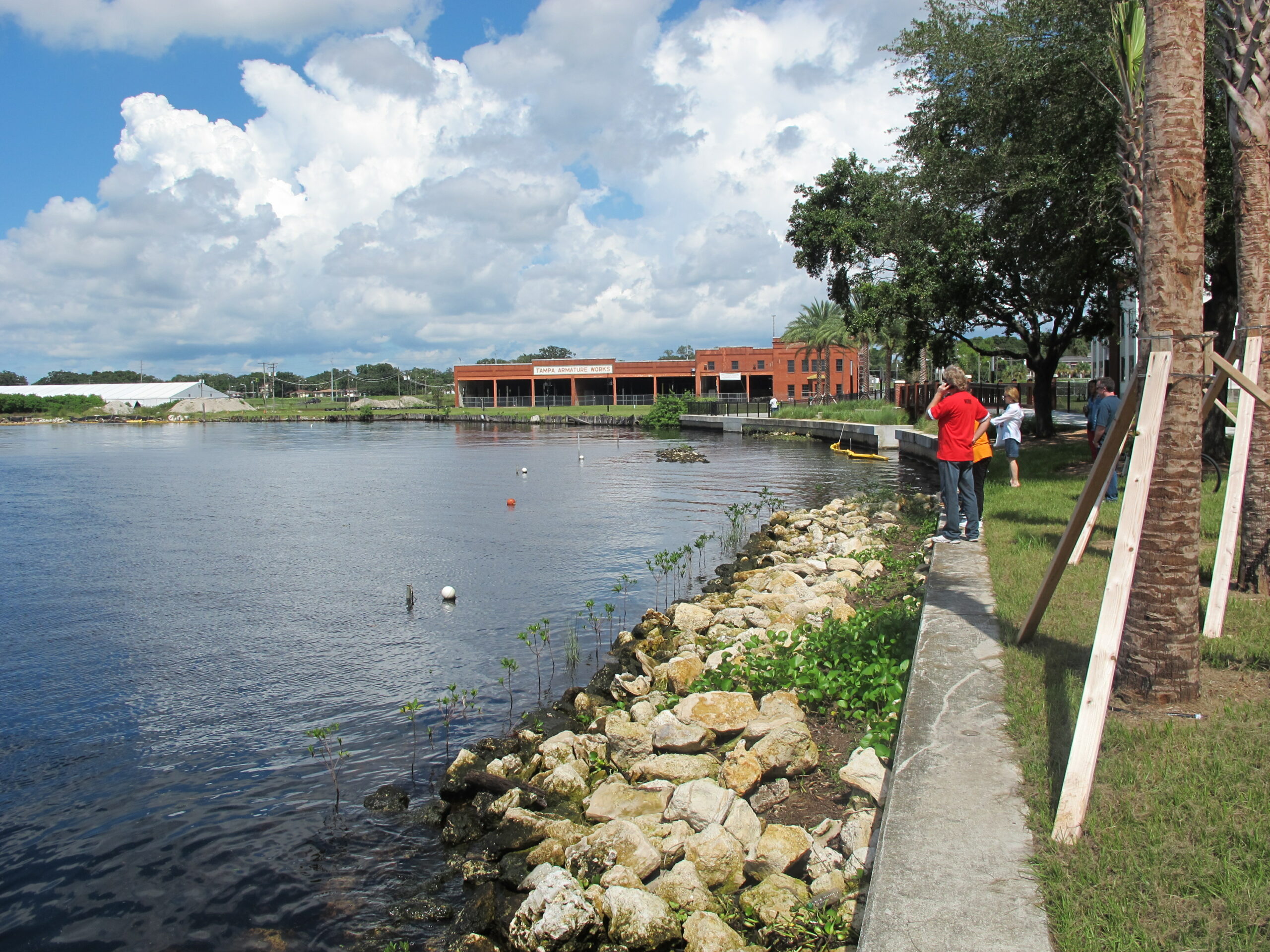
Published
January 5, 2024
Contact
Shawn College – [email protected] – 813-272-5940
Last updated
January 12, 2024
Summer rains in the eastern part of Hillsborough County and other parts of eastern Tampa Bay did not fall as regularly expected in 2023. As a result, the area is experiencing drought conditions. Between June and September, this area saw a lower rainfall, putting us at a 12.77-inch deficit compared to the average 12-month total. This means water levels in aquifers, rivers, and lakes are beginning to decline. It also means Tampa Bay Water, which supplies water to the majority of the three-county area, was unable to completely refill the 15-billion-gallon C.W. Bill Young Regional Reservoir this summer.
Most streamflow (also known as discharge) measurements use a technique where the cross-section of the stream or river is “cut” into subsections. Depth, width, and velocity are measured in each section to calculate the volume of streamflow, labeled in cubit feet per second (cfs). The streamflows in all sections are then added up to get the total for the stream (USGS). The total streamflow across the Hillsborough River is currently about 48% of normal at 433 cfs, down from an average streamflow for this time of year of 895 cfs. Maximum discharge along the river is currently at Morris Bridge near Thonotosassa, reporting a streamflow rate of 146 cfs. However, the stream gauge with the highest stage along the river is at Crystal Springs near Zephyrhills, with a gauge stage of 52.37 ft (Snoflo).
Because of all this, the Southwest Florida Water Management District has put Phase I water shortage restrictions in place until July 1, 2024. This means that citizens can only water lawns twice a week, except in areas where local governments have imposed stricter measures. This is important because over 50% of the water used in our households goes towards outdoor use. By limiting lawn watering to once a week, the average homeowner can help reduce the strain on our water supply systems. When the rains return to normal and drought conditions lessen, the Hillsborough River and the vital ecosystems it supports will thrive once again.




